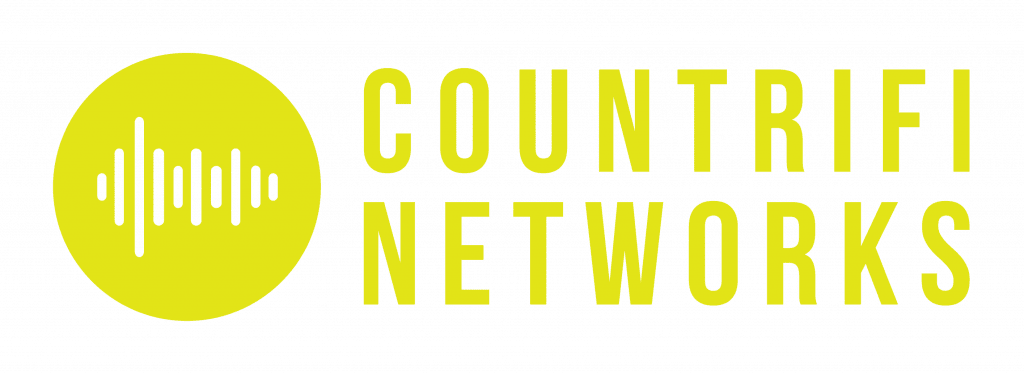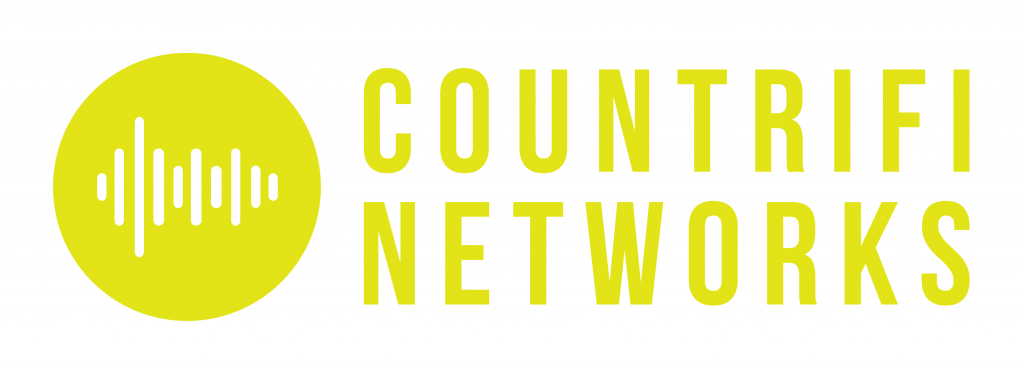Access
To start with pretty much all modern devices now offer to use a passcode to access a device. If you own a newer device its quite likely you’ll be able to secure it using a biometric method (Finger print). If you use a passcode ensure you don’t use the same passcode across all devices and make sure it’s not something that’s widely known. Most people will default to a 4-digit pin, if you can use a 6 or even 8 digit pin that would be better. Whatever you go for ensure that there is some device security there.
Passphrase not password
It’s been tradition for a long time for people to use a password that requires a capital letter, lower case letter, number and/or special character. What this means is that people have chosen a password with a number either at the start or end and simply change this number as and when required. This means it’s really not that difficult for your password to be hacked once they have 1 of those parts of your password figured out. Where possible try to use a passphrase of 3 words for example, then add in numbers or special characters. This increases the complexity of your password greatly.
Device / Software Updates
This one is really quite simple – when a device needs a manufacturer update or the software vendor suggests a patch for a security fix – install it without delay. It is very often the case that vulnerabilities are found in hardware and software packages and so the manufacturers will put out an update to fix these. If you don’t install these then you are simply leaving an exploit through which someone could take advantage of.
Password Manager
As part of our everyday lives we now each have a plethora of passwords and so in order to save our brains some people use the same password or a variation of the same password for multiple systems and account. DON’T DO IT! If I told you that once I knew part of your password for your computer i could empty your bank account you would probably re-think that idea! The best thing to do is use a password manager, we’d strongly suggest something like LastPass for this. There is an app for mobile devices or you can login via the website and they have a browser extension that will auto save new passwords into your password database.
2-Factor Authentication
Not all systems require 2-Factor Authentication but it is starting to become more common place. What is it i hear you ask? You visit a website and go to login, enter your username and password. You will then receive an email, text or even a notification through an app to enter another code to verify your login attempt. This will only go to a pre-defined email, phone number or app. Unless someone has your username, password and able to see the verification code that won’t be able to access your account. Most providers will lock your account after a set number of failed attempts.
Storage
This is the easiest one of all – don’t leave your valuables on view. We’ve all heard the story of MPs leaving laptops or phones on trains and a few weeks later all sorts of information ends up in the papers. Throughout my career I’ve been the person responsible for replacing a multitude of stolen laptops that have been left on the back seat or passenger seat of a car overnight or while they’ve popped into a coffee shop. It takes literally seconds to steal these items and you will never see the items again. More often than not these bags have contained security passes or ID cards which are more of a pain to sort out than replacing the laptop!
Encryption
If you are transporting information then i would always suggest using an encrypted method of transport. Encrypted drives with a keypad on them are readily available with most online retailers or if you only have a standard USB drive then use the inbuilt Bitlocker tool within Windows. This will at least place a password on the device.
Keep private information private
Facebook polls etc are often a method of data mining so be very careful about what you put onto the web. Whilst they are appear fun at the time, they can actually tempt you into revealing some quite personal information that others can use. Just think about the consequences of identity fraud and what that could do. We’ve also all seen the MTV hit show Catfish and the issues that causes. It really is very simple for someone to clone your identity and do what they like with it, be it date someone in a distant land or take out an unsecured loan!
Antivirus software
Last but not least use some form of antivirus protection. Most IT retailers whether it’s online or in person will be able to recommend a good security package for a whole host of devices. I’ll also add that whilst owning an AppleMac device does mean you are slightly less prone to malware, you aren’t immune so just ensure you take the time to secure yourself properly.
These are the main areas we’d focus on and of course there are many others we could go into but we’ll save that for a rainy day! If you’ve got any top tips then why not send them in and we’ll add them into the article.
Thanks for reading,
The Countrifi Team.
Updated: Oct 27, 2020




